Past Present Archive

How many types of lightning are there, and how did the Victorians perceive and rationalise them? This article by James Broome, first published on The Strand Magazine in 1897, puts together photographs from both observatories and amateurs to show lightning in many of its different forms and shapes, while reflecting… Read more »

The ancient Roman-Greek mnemonic technique ‘method of loci’ involves placing information within a spatial structure to create visual associations that can be easily recalled. 19th-century American educator, women’s rights activist and cartographer, Emma Willard, enthusiastically embraced these ‘memory palaces’ as a didactic method, creating several with the intent to form… Read more »
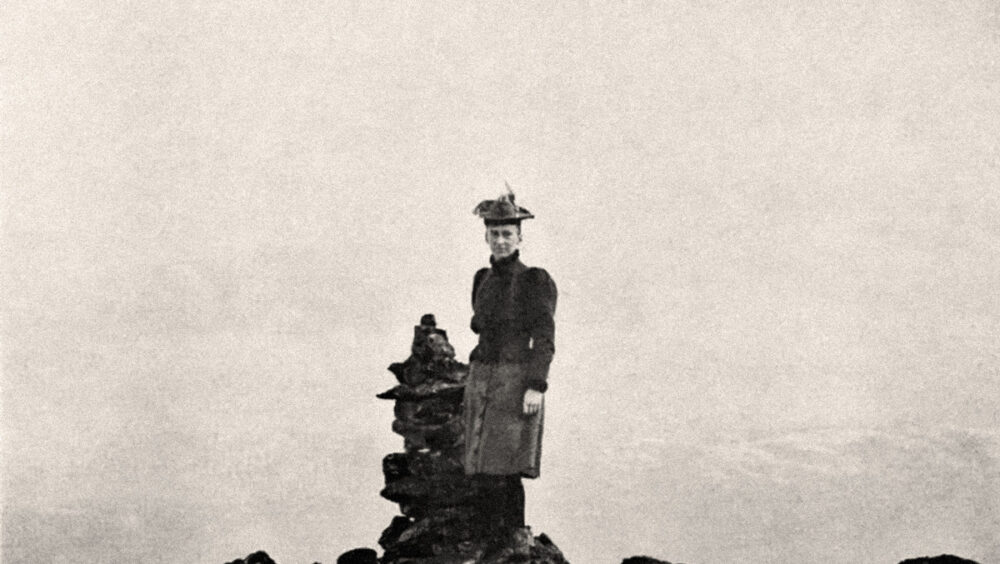
Mrs. Aubrey Le Blond, née Elizabeth Hawkins-Whitshed, was an Irish alpinist and filmmaker who achieved remarkable ascents during an era when mountaineering was predominantly seen as a male pursuit. She documented her climbs in various books and photographs, contributing significantly to the establishment of the Ladies’ Alpine Club, where she… Read more »
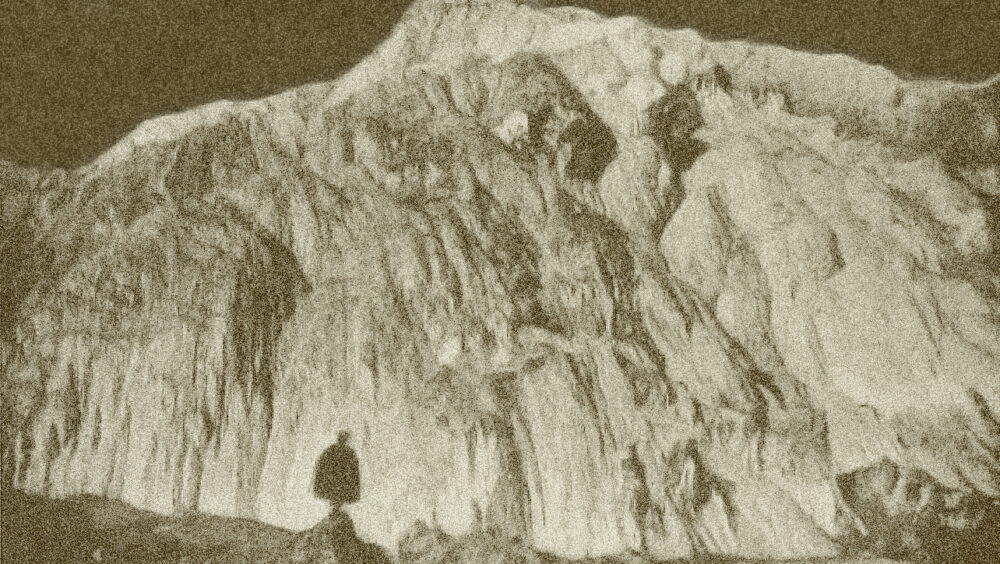
The Salt Mountain is a geological site in the town of Cardona, Spain, composed of an impressive and complex web of saline rock formations. Today a tourist attraction, the mountain, as the official website Cardona Tourisme claims, “is still growing as the rain erodes it” resulting in a diapir of… Read more »
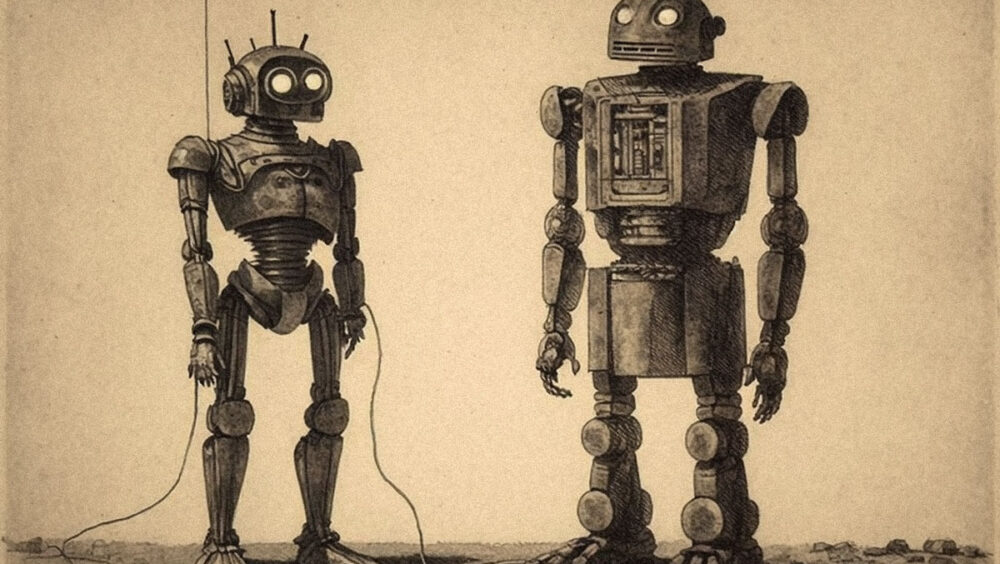
‘Philosophical History of the Centuries to Come’ is an 1860 political, proto-sci-fi work by Italian writer Ippolito Nievo. The novel satirically describes aspects of the history of humanity until the year 2222, notably anticipating actual world events, including the construction of the Isthmus of Suez, the uprisings leading to the… Read more »

Mundus Subterraneus, published in 1664, is the final result of German Jesuit scholar Athanasius Kircher’s geological investigations. Here we publish an extract from the chapter, De Lapidibus, in which Kircher muses on the cognitive phenomenon which will be later known as pareidolia – seeing faces and figures within natural formations, in… Read more »

In August 1835, the American newspaper, The Sun, published a series of incredible astronomical reports attributed to Sir John Herschel, one of the leading British scientists of his time. Thanks to a “telescope of vast dimensions and an entirely new principle”, Herschel and his team had apparently discovered traces of alien life on the moon, from water and… Read more »
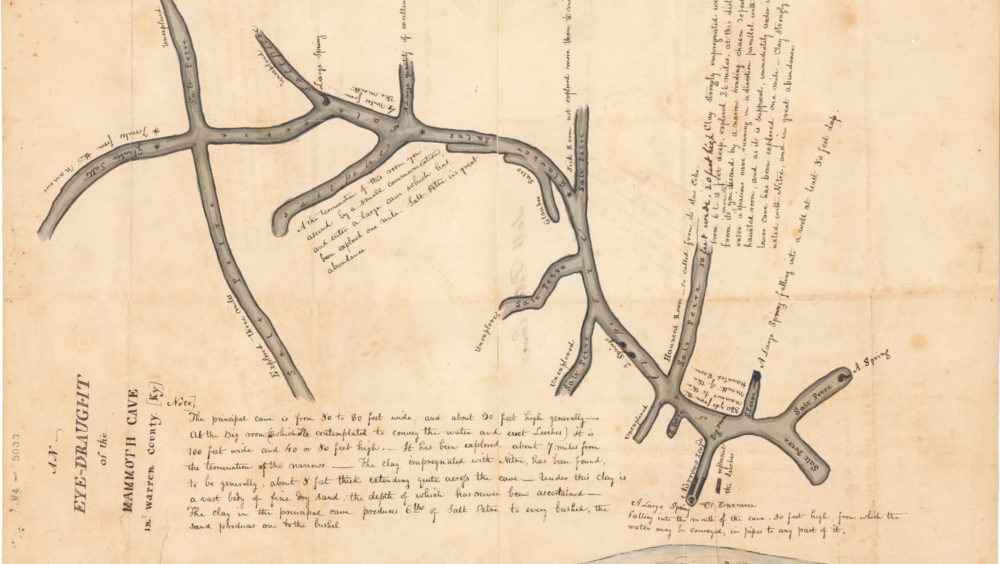
The subterranean world is one of the few areas of this planet that we are far from having complete maps of. Due to their very nature, embedded deep into masses of otherwise impenetrable rock, the chartering of caves requires continuous exploration, not to mention luck to find new openings and… Read more »
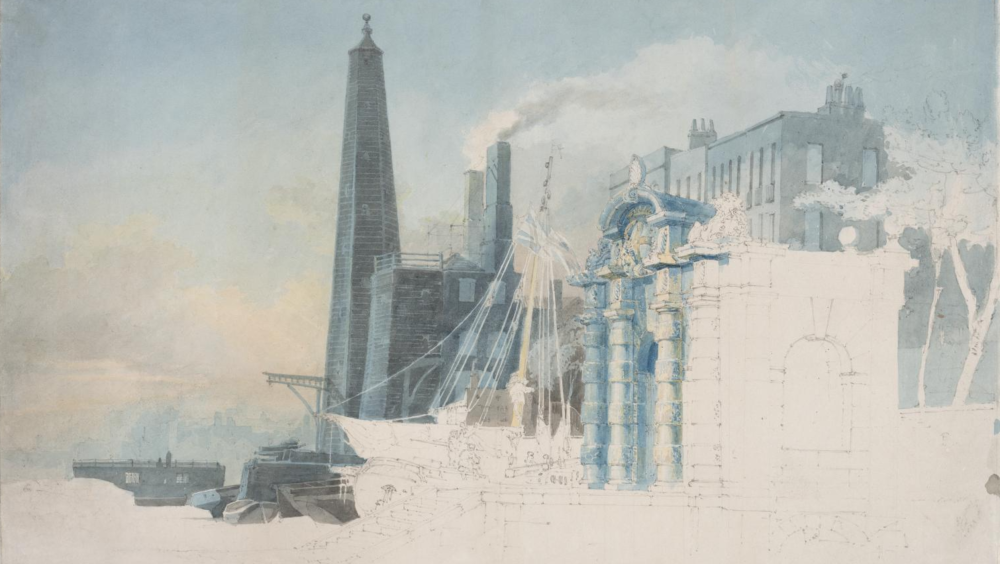
The city of London appears as one of the marvels featured in Wonderful Things, an English 1852 publication collecting the “the most remarkable Wonders of the Ancient and Modern World”. Created by journalist and chartist Robert Kemp Philp, the piece is a curated text which combines the author’s reflections with… Read more »

This October and November we inaugurate our new section “Past Present Archive” with two pieces from a not-too-distant past. The first below looks at one of the most iconic buildings in Europe: the Colosseum. In the second half of the 18th century, French jurist Jean-Baptiste Mercier Dupaty described his travels… Read more »

